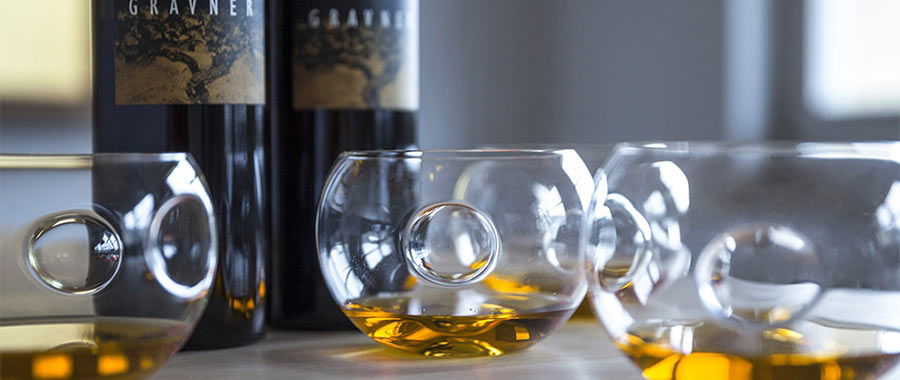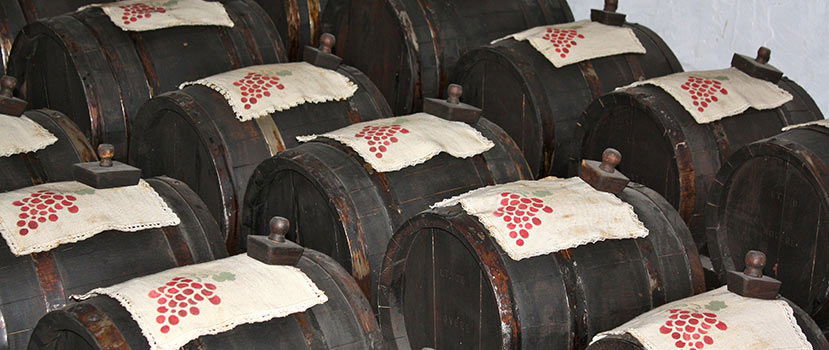BLOG
The 2022 Vintage in France by Andrew Jefford
Andrew Jefford Tasting & Trends

The 2022 vintage was, in general, a great year for France. Weirdly. Look at the data. It shouldn’t have been: the gauges for both drought and heat were often flashing red. What happened?
Wine lovers tend to focus on the quality of a vintage, but the figures that growers and governments really care about are overall volumes: that’s what puts money in growers’ bank accounts and ensures their survival. Here the news from 2022 was unequivocally good: the harvest of 44.6 million hl was an 18% improvement on the disappointing 2021 total, and was slightly above the five-year average established between 2017 and 2021. (No growers were happier than those of Bourgogne, where the crop not only marked a 61% uplift on 2021, but quality shone.) The key event here was that the spring frosts which growers have come to dread over the last decade came early in April after a relatively cool March, and caused little damage. Drought- and hail-related losses later in the season, while locally challenging, swerved catastrophe.
France’s 2022 growing season, for all that, was both fiercely hot and fiercely dry. The wet spring weather which had been such a feature of 2012, ‘13, ‘14, ‘16, ‘18, ‘19 and ‘20 was absent this year; many regions experienced some of the dryest spring weather in a century or more. Had it not been for significant storms in most (but not all) regions in June, the developing drought could indeed have been catastrophic. July and early August were baking and arid; there were then sometimes hail-laden storms from mid-August onwards, but any precipitation was by then welcome since it restarted drought-stalled maturation. Some measure of the overall heat of the growing season can be gauged by the fact that every French wine region began its harvest in August (and growers in the Aude began picking in July). Regions with obligatory hand-harvesting (like Champagne) have now to face the fact that harvesting in daytime August heat in the C21 can be fatal for pickers. It’s also significant that the weather conditions of September – the key harvesting month throughout the second half of the C20 – are becoming anecdotal for those picking fruit to make dry white wine and rosé wine; it’s increasingly late August that counts. August holidays are now a historical curiosity for French wine growers.
And … quality in 2022 is often outstanding, for both white wines and red. This, too, is enigmatic, given that overall summer heat in many regions rivalled that of 2003. How is this possible? The vines themselves were keen to give of their best after the often traumatic 2021 season, and flowering was uniformly successful in the splendid weather of late May and early June. The fact that showers and storms came riding over the hill in the nick of time in June and August was vital. Growers, too, are skilled now at late pruning to minimise frost problems, and shaping canopies to help the vines cope with the worst of the summer heat. Vineyards are slowly being adapted to front up to a climate-changed world with innovations such as changed row orientations, cover-crop mulching and vineyard tree planting (agro-forestry); everyone is ready to pounce on the crop once the cusp of ripeness has been crossed. Aesthetic desiderata have changed, too, as anyone tasting France’s finest wines since 2016 will realise: ‘limpidity’, ‘transparency’ and ‘precision’ are the new watchwords. Thus it was that a year of fierce and often violent weather extremes ended … in success.
Check out our full French Wine Vintage Chart and detailed Vintage Reports for all French wine regions HERE. They have just been updated by Andrew Jefford and now include the 2022 vintage!


